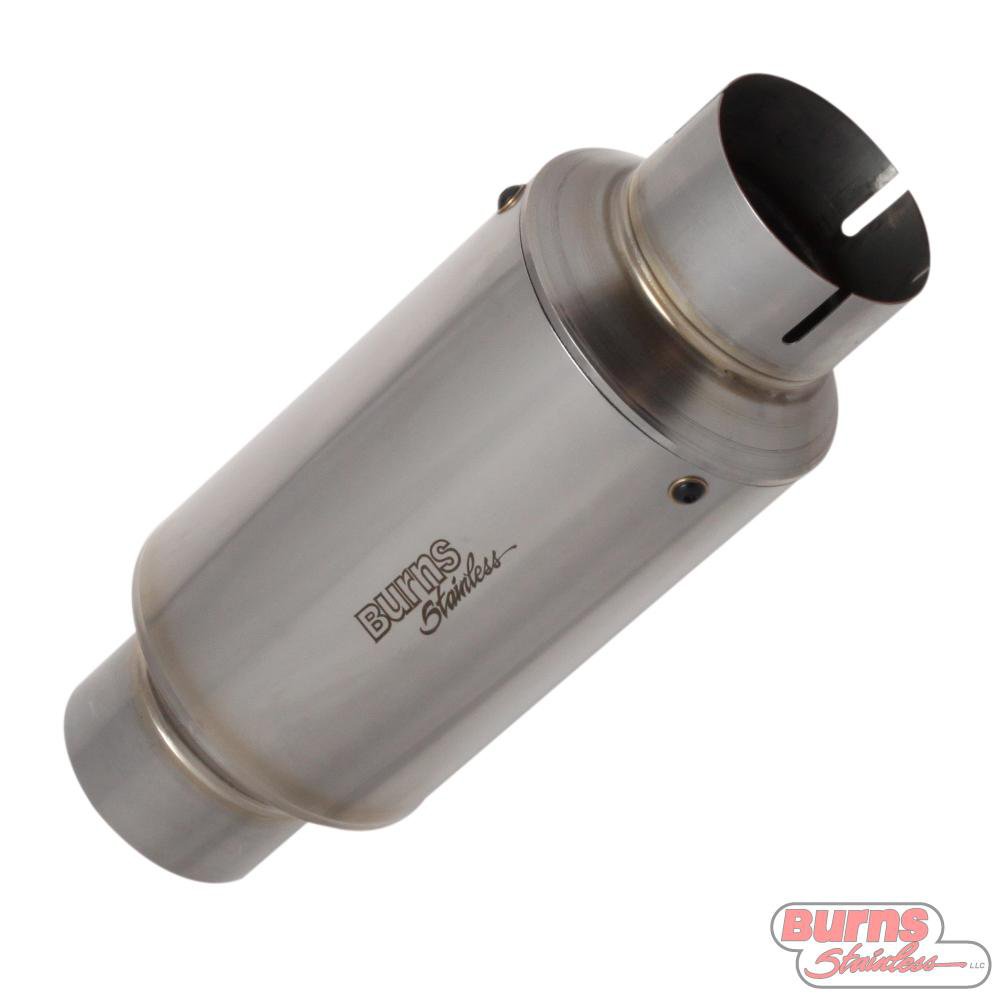Welded and Bead Reduced vs Seamless
When you are working with tubing on your project there are some considerations which need to be made. In our example here we will share some of those options as they pertain to exhaust tubing. From the get-go a major decision is to go with welded or seamless tube. The manufacturing process is important to understand in choosing the best product for your project.
Welded Tube
Imagine taking a strip or a sheet of stainless steel and tightly roll forming it into a tube and welding the longitudinal seam closed. Using the right materials, machines, and processes there would be a leakproof pipe. The tube can be made from either hot forming or cold forming processes. With proper welding the seam would have minimal impact on tube strength properties..
Bead-reduced tubing is a welded tube that is further worked in cold rolling and forging methods to reduce the bead on the interior and exterior of the tube. Cold working often creates internal stresses annealing brings the mechanical properties back to “normal”.
Seamless Tube
Drawing from solid stainless steel billet a tube is extruded into a hollow form. The billets are heated and formed into oblong circular molds and then hollowed in a piercing mill. While hot, the molds are drawn through a mandrel rod and elongated. With this mandrel milling process the molds increase in length by twenty times to form a seamless tube shape. Tubing is further shaped in a cold drawing or pilgering (a cold-rolling process).
Seamless is proven to be stronger and has superior corrosion and high-pressure resistance. It is also much more expensive which would be preferred for critical applications and intense environments.
Welded tubing is more cost efficient and available in longer lengths and comes with faster lead times in availability. There is generally more strength along the weld, but it can also be more brittle, so take caution when bending along the seam. Experts agree that if you are bending a welded tube, bend with the seam on the "neutral" rather than inside or the outside of the bend. A249/269 tubing is annealed which can be more easily bent than non-annealed A554 for instance.
Most of our exhaust tubing at Burns Stainless is 304 or 321 Stainless Steel meeting A249/269 specifications which is welded, bead reduced and annealed to relieve internal stresses. Seamless 321 Stainless is also available for specific applications. More on Stainless Steel visit this link.
All Burns Stainless exhaust tubing is made in the U.S.A. Based on availability, we may also have tubing sourced from Canada, Germany or Japan. Our exhaust bends are mandrel bent to ensure smooth and round bends providing maximum flow.
High quality tubing costs more but is much more efficient for you to fabricate with resulting in reduced labor costs - if you value your time that is. Low quality materials and improper bending results in poor bends that when cut become oval. This will result in poor fitment when turned, and mated, leaving gaps. These gaps that can take a lot of your time to to tune using a hammer and vise. Our mandrel bent tubes are round all the way through the bend.
For more on mandrel bent tube, please visit this link.











